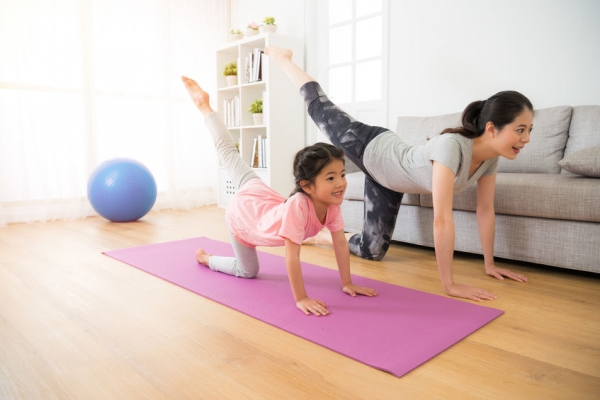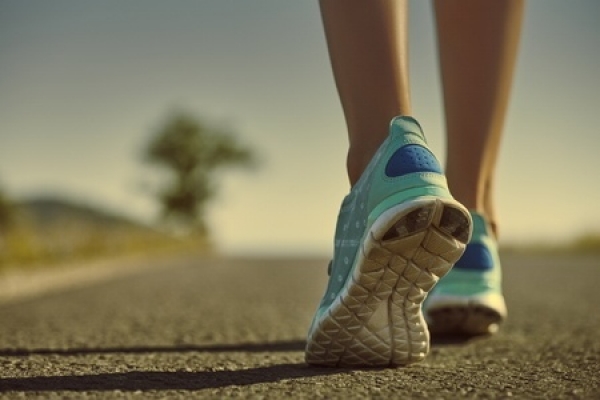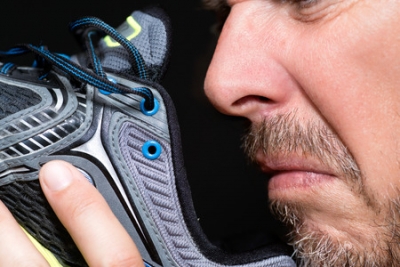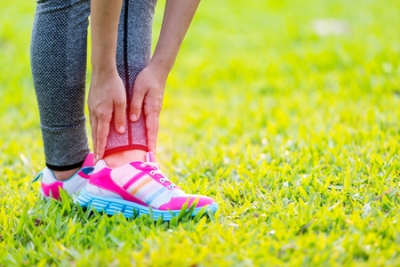Connect With Us
Blogs

Exercise (4)
At Superior Foot & Ankle Care Center, we know that staying home is the best way for our Douglas Park/Los Angeles County area patients to prevent the spread of the coronavirus, but it can also cause everyone in your family to get a case of cabin fever. One way to break the boredom and do something good for yourselves is by enjoying some sports and fitness activities together. Exercise has many benefits for parents and children:
- Helps burn calories to maintain a healthy weight
- Plays a role in preventing many diseases such as diabetes, heart disease, and arthritis
- Improves sleep quality
- Decreases stress and improves mood
Who can’t get behind all of those right now?! Who knows, you may find new ways to enjoy family time and stay fit that you’ll want to continue after the coronavirus is long gone.
Start with the Basics
A good exercise program will start out slowly and gradually build in intensity and duration. Other tips before you begin:
- Make sure everyone has the proper footwear. Shoes that fit properly and are designed for fitness activities are a must.
- Get the green light on previous foot problems. If you or someone in your family suffers from a chronic foot condition such as heel pain or a weak ankle, contact our Long Beach office by calling, (562) 420-9800. Our podiatrists, Victoria M. Foley and Dr. Constance Ornelas may want to discuss the best types of exercise to prevent your condition from worsening and any special accommodations you should make.
- Warm-up and stretch at the beginning of your activity session and end with a cool down to prevent injuries.
Explore New Activities
Get the whole family involved in choosing what types of activities you’ll do. Have everyone write down something they want to try (yoga, biking, etc.) using gear you already own. Put them in a basket and draw one out at a time and try them out.
Stuck indoors? Go online for fitness classes, learn about training with weights (use canned goods if you don’t have enough weights) or create an indoor exercise circuit.
Most importantly, have fun and stay safe! If you have questions about fitness and your feet, don’t hesitate to contact us.
At Superior Foot & Ankle Care Center, we want to know, do any of our Douglas Park/Los Angeles County area patients think exercise isn’t good for you and your feet? Who doesn’t want to have better circulation, lose or maintain a healthy weight and decrease the risk for several foot disorders (such as plantar fasciitis and arthritis) as well as conditions such as diabetes and heart disease? Of course, we all do. But even with that being the case, many of us still can’t manage to make regular exercise a part of our routines. Below are some common blocks to exercise and how to break through them.
Barrier: You experience foot or ankle discomfort when you exercise.
Breakthrough: There are many potential reasons for podiatric discomfort ranging from injury, chronic disorders, or even improper footwear. The first step to figuring it out is to make an appointment at our Long Beach office (562-420-9800) so that our podiatrists, Dr. Victoria M. Foley and Dr. Constance Ornelas, can examine your feet and find the source of your pain. The foot doctor can then prescribe the correct treatment to enable you to become more physically active.
Barrier: Too many family obligations to fit in fitness.
Breakthrough: Make exercise a family affair! Meet your children at the bus stop and take a brisk walk before heading inside for homework. Use family leisure time to engage in physically active pursuits like bike riding and hiking. Get chores done and burn calories—raking leaves, weeding and shoveling snow are more fun when done together. You’ll be helping your children and spouse stay active as well.
Barrier: Lack of motivation
Breakthrough: Choose an activity you enjoy. Discover the time of day when you have the most energy and time to work out. Forcing yourself to exercise at 6 a.m. when you’re not a morning person may be the source of your motivational issues. Get social about it. Invite a friend to walk with you on your lunch hour or after work, or join a community team for a sport you like.
The benefits of regular physical activity far outweigh whatever is holding you back. If you have additional questions about fitness and your feet, don’t hesitate to contact us.
At Superior Foot & Ankle Care Center, we see it happen every year: our Douglas Park/Los Angeles County area patients resolve to get in shape in the New Year and soon after are in our Long Beach office with a foot or ankle injury. Many of these injuries could have been prevented by taking the appropriate precautions.
Here are three common injuries related to exercise and how you can avoid those injuries:
- Achilles Tendonitis—the strongest and thickest tendon in your body runs down the back of your lower leg connecting your calf muscle to your heel bone. If you experience pain, swelling, or general discomfort or sluggishness in this part of your leg, you may have Achilles tendonitis. This is an inflammation of the tendon that can be caused by a sudden increase in activity after being sedentary for a period of time. Stretching, wearing appropriate footwear and gradually increasing activities such as running or stair-stepping will help minimize your risk for this disorder.
- Shin Splints—this condition’s signature symptom is pain on either side of the muscles or tendons surrounding the front of your lower leg bone. Shin splints can be caused by overuse or a stress fracture, or imbalance between opposite leg muscle groups. Because of the number of possible sources, it’s best to get shin splints evaluated by our podiatrists, Victoria M. Foley and Dr. Constance Ornelas. Corrective shoes or custom orthotics may be necessary to eliminate the problem.
- Plantar Fasciitis—the plantar fascia is a band of tissue that is on the bottom of your foot. Significantly increasing the amount of walking or running you do can aggravate this tendon and can cause pain in the arch or heel of your foot. If the foot doctor diagnoses plantar fasciitis, you may need shoes with better arch support or more cushioning in the heel. In some cases, orthotics may be prescribed to make exercise more comfortable.
The bottom line is that getting in shape should not cause foot or ankle discomfort. If you find you have painful podiatric symptoms after starting a new exercise routine, don’t wait. Contact us by calling (562) 420-9800 for an appointment and get to the source of the pain before it becomes a debilitating injury.
At Superior Foot & Ankle Care Center we know the importance of exercise to your feet as well as the rest of your body. That’s why we applaud patients who make a resolution to get in shape in the New Year. Too often, however, by the time February rolls around many exercise plans have already been shelved. Below are some scenarios that can bring fitness plans to a halt and how to work around them.
“Let’s do this! I am going to work out every day to get in shape fast no matter what it takes.”
Not so fast, or you’ll likely end up with an injury. Achilles tendonitis, ankle sprains, and shin splints are just a few of the conditions that can be caused by doing too much too quickly. Not to mention that an overly ambitious start, especially if you’re out of shape, can lead to fatigue and discouragement before you even really get started. The best bet for long-term success is to do an activity or program that allows you to start slowly and gradually increase the level of your workout.
“I started a running program a few years ago and still have my shoes—yay! I won’t have to go out and buy new ones.”
Footwear is one of the most important factors in the success of an exercise program. Getting fitness shoes that are designed for the sport or activity, you’ll be doing is key. However, foot size can change over time. It’s best to get your foot measured professionally and try your shoes on to make sure they are still comfortable.
“I have a bunion, but I think if I put a pad over it I should be able to exercise without a problem.”
Before starting a new exercise program, it’s always best to consult your general practitioner and also your podiatrist. Our foot doctors, Dr. Victoria Foley or Dr. Constance Ornelas, will examine your feet completely. If you have a chronic foot problem, the podiatrist can recommend shoe styles and make suggestions for how to best accommodate your condition. In some cases, a custom orthotic device can increase comfort and performance.
“I’m going to join a gym—there are lots of good deals available now.”
Take the time to consider your likes and lifestyle. A gym is a good option if you like the classes and machines offered and you need to schedule around your work. Consider if you want a more social setting or if you like to work out alone, if you prefer an indoor or outdoor activity and how much time you can devote to your fitness plan. You’re more likely to stick to a plan that suits your interests and your availability.
If you experience any foot or ankle pain or discomfort when exercising, contact our Long Beach office by calling: (562) 420-9800.




